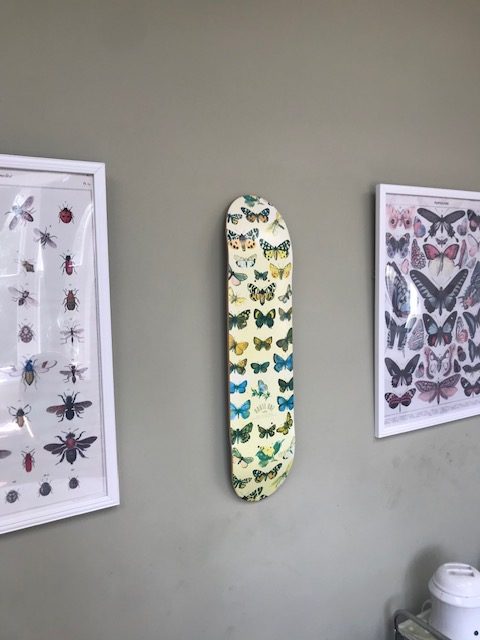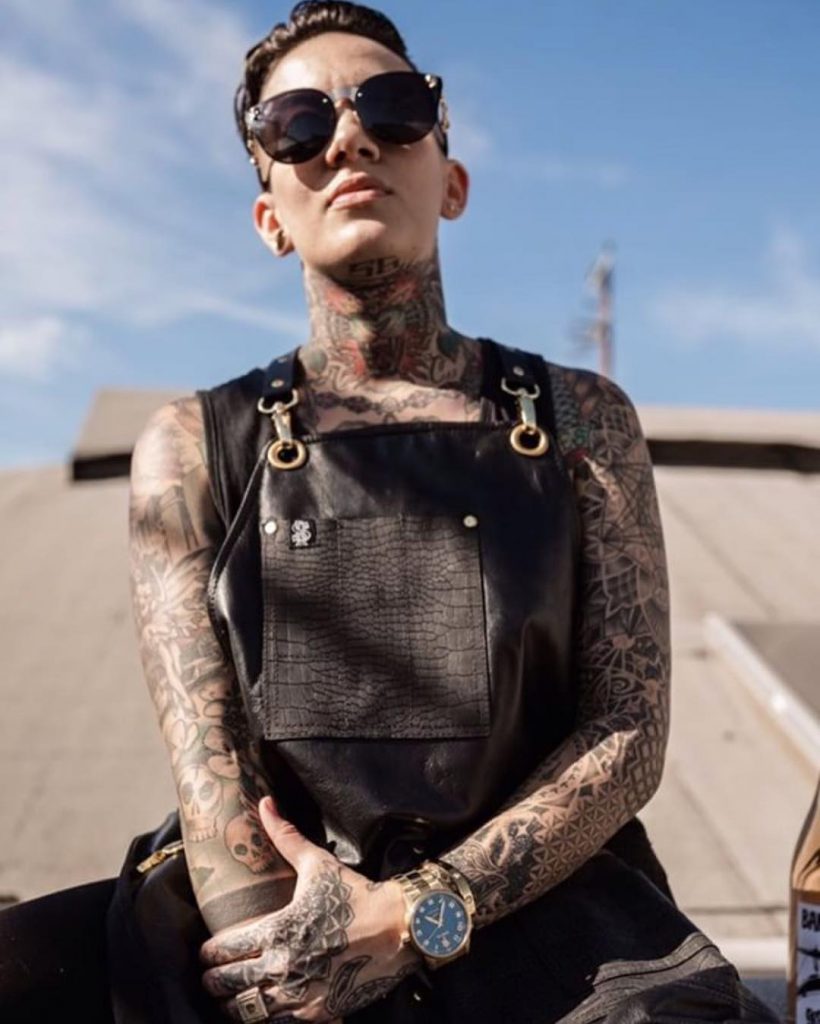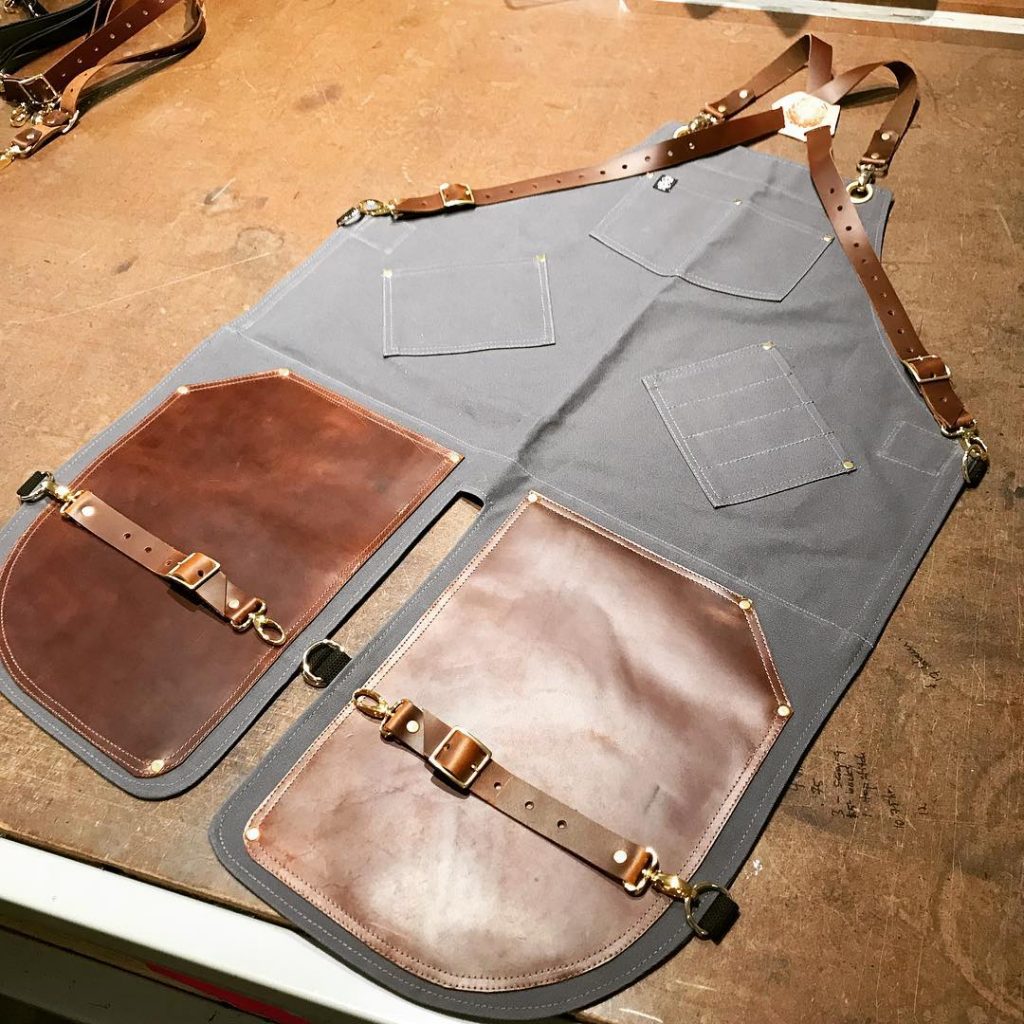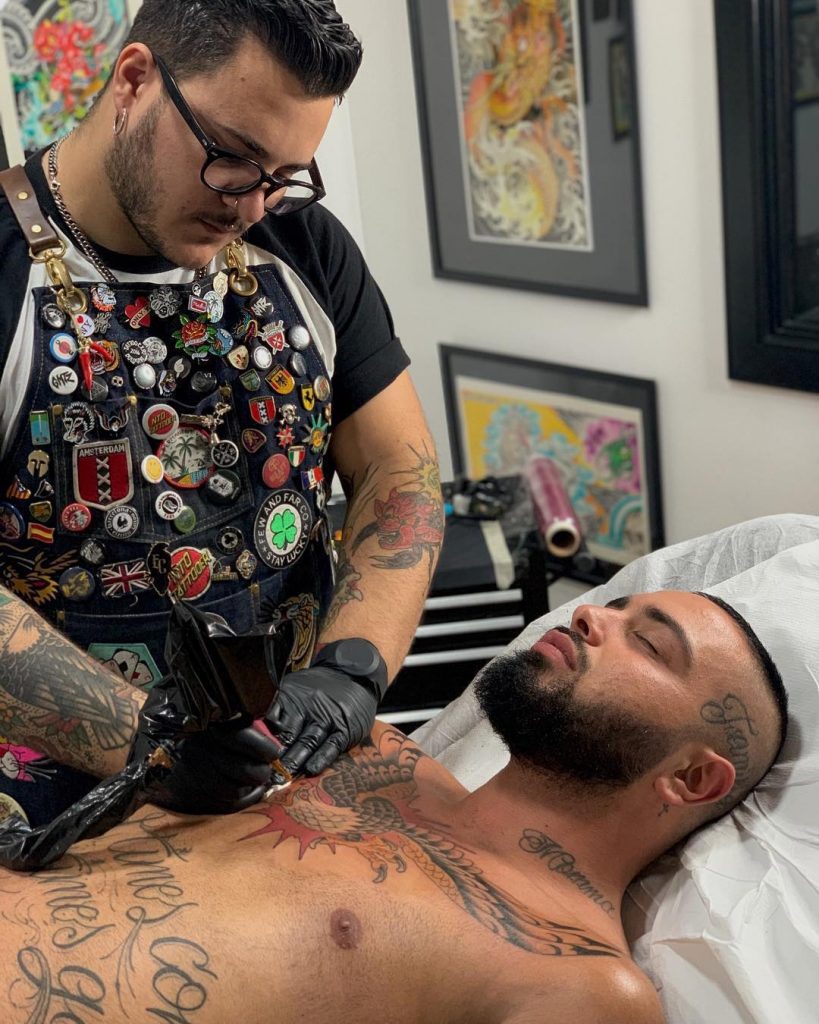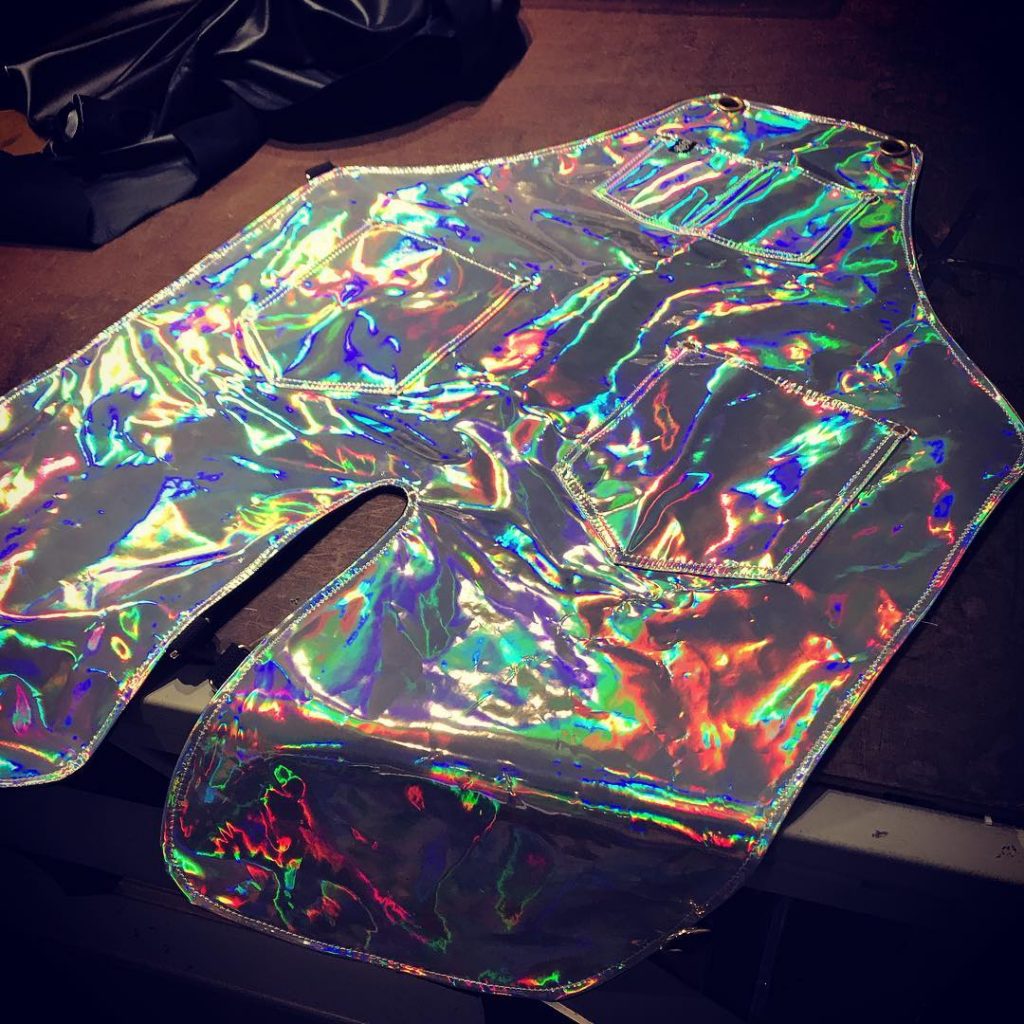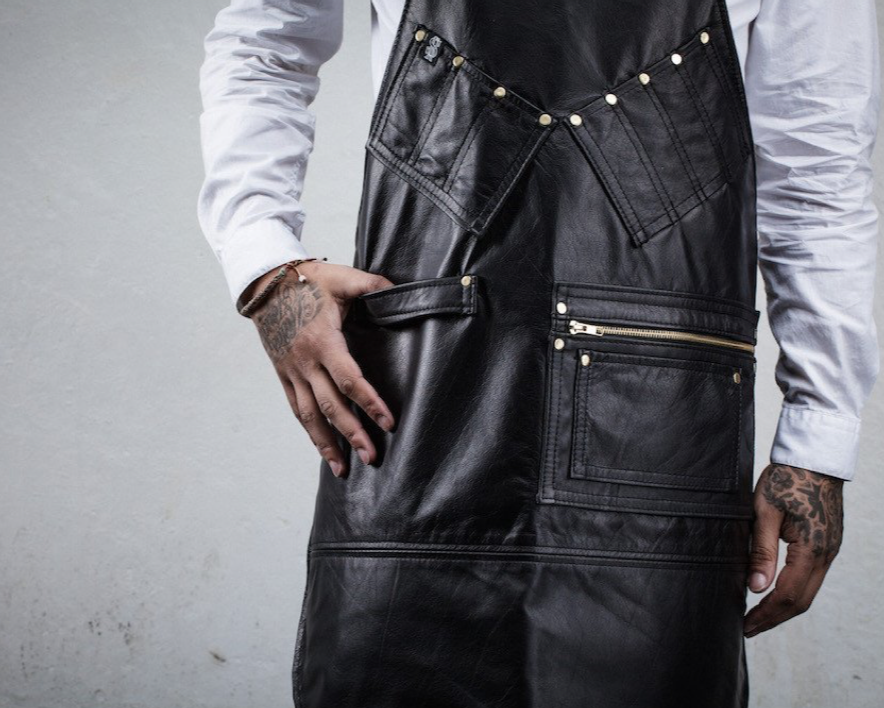Alice Le Beau-Morley is a dreamy jewellery maker from London. I discovered Alice’s beautifully pastel Instagram feed sparkling with unique gold pieces one evening when I was scouring the social media platform for handmade earrings to upgrade my current piercings with. I was immediately drawn to Alice’s delicate, handmade earrings, rings and septum rings, that all looked so lovingly crafted and designed.
Words: Rosalie Hurr
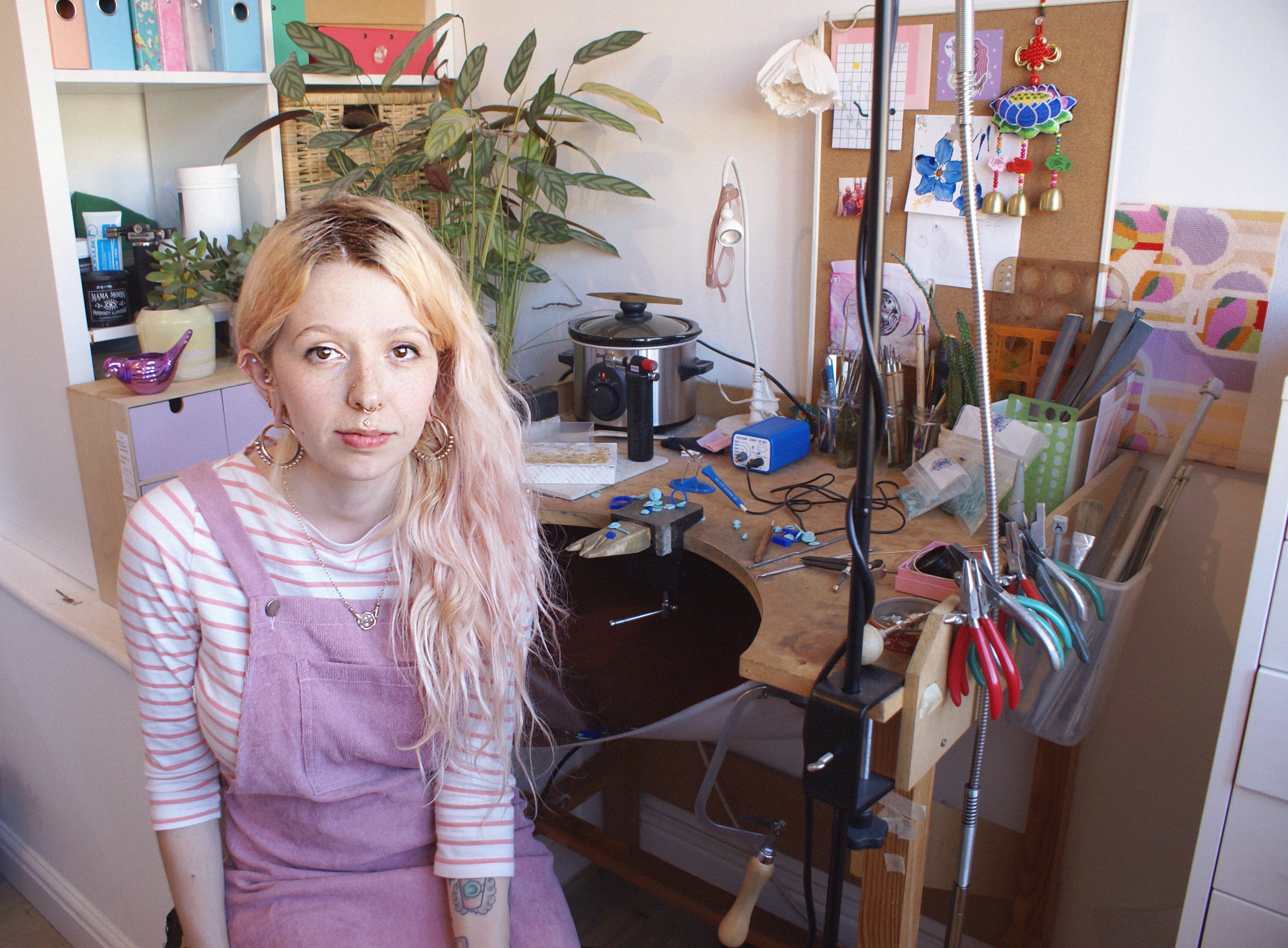
How did you start hand making jewellery? I trained as a piercer when I was 22, as I love piercings (I have around 30!) I hadn’t really considered piercing as a career as its notoriously hard to get into so I just didn’t think it would be possible for me. But luckily I was offered an apprenticeship by an old friend and I jumped at the chance. I’ve always loved piercings, jewellery and styling peoples ears so it was ideal, plus working in a laid-back environment like that really suited me.
I ended up working in studios around London for four years, before I enrolled onto an evening class at the Working Men’s College in Camden to learn the basics of jewellery making, this was back in 2014. I took the classes purely for fun, and there was a lot of trial and error, but it was always something I’d wanted to try. From the first class, it all just clicked, and I knew that it was what I wanted to do.
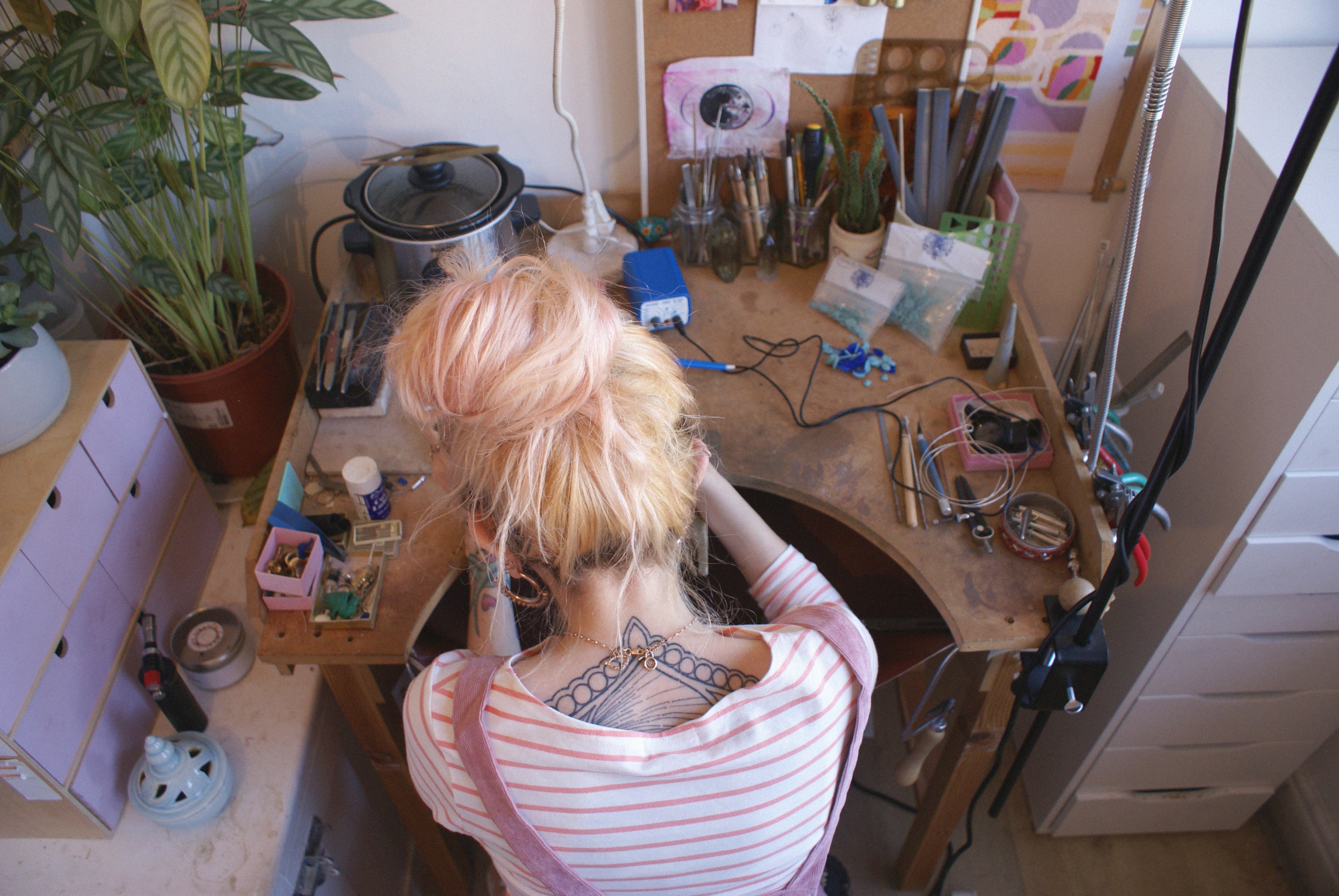
The classes really inspired me, and I built a small jewellery bench from an old kitchen cupboard door and some mismatched legs from Ikea. It was very wobbly and I only had a few jewellery making tools. I taught myself a lot too, with YouTube videos and books. Alongside the classes I was posting some of the bits and bobs I was making on my piercing Instagram and people would comment asking where they could buy one of the things I had made. That’s when I decided to set up an Etsy shop, although I had no idea if it would work out! I was very lucky to have my boyfriend (now husband) who supported me for six months to see if I could get my shop off the ground.
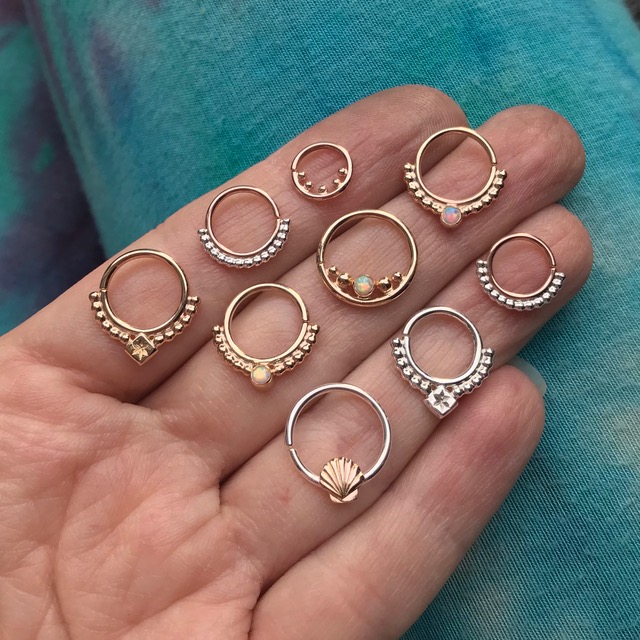
What inspires the pieces you create? I love going to folk museums and looking at handmade crafts. Although to me, crafts are something much more tangible and made for wearing or being used, not for hanging in a gallery where you’re not allowed to touch them! I have such a strong connection to crafts that have been made by hand, as the makers tend to use skills that have been passed down from generation to generation. I just love the idea and sentiment behind this. I also love traditional jewellery that is made using rudimentary techniques, something that you can really tell is handmade, is so beautiful to me.
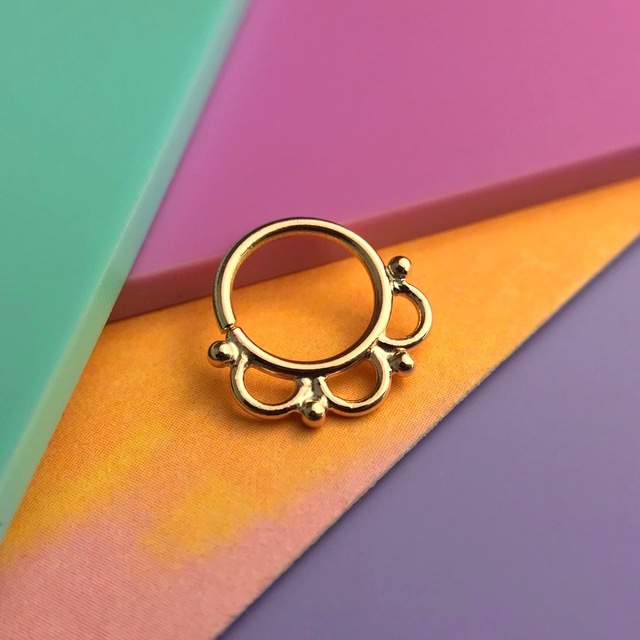
I’m heavily inspired by folk art, weaving and particularly Polish and Hungarian embroidery. I enjoy knitting and embroidery, and I think piercing and jewellery making are similar, I love anything small and fiddly. I can happily make tiny studs for ears and lips for a solid nine hours and then knit for the rest of the evening. Originally I didn’t consider making piercing jewellery at all as I just didn’t think I would be able to do it by hand, but I spent a long time working on the idea and coming up with the labrets you see in my shop today – and I am really proud of them. People would enquire all the time and ask if I could make them studs for their tragus or helix piercings and I would always say no. I couldn’t figure out a way to make them secure enough that I would be confident in putting them in my shop. I tried so many different ways of making them and eventually I got there. They are so comfortable, super secure and have become one of my bestsellers. That’s why I love them, because I spent so much time working on making them perfect for my customers and it feels really good to have achieved that.
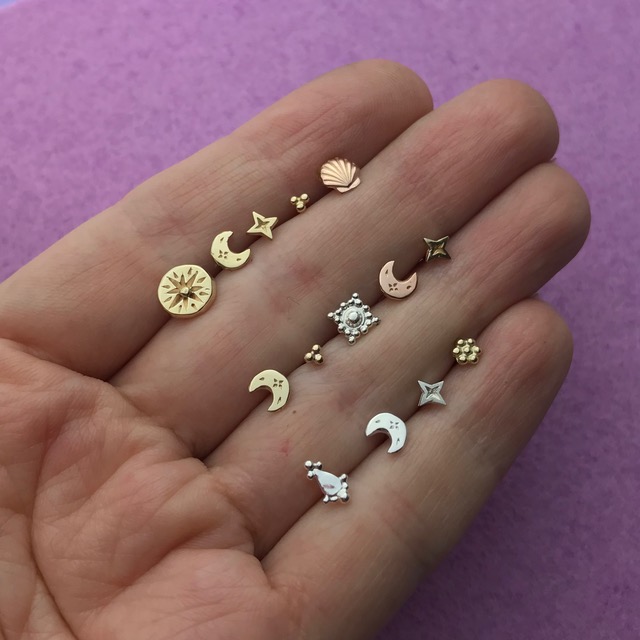
With my own pieces, I feel so happy that somebody wants something that I have made with my hands, it means so much. I also try to support other makers too, that person imagined this thing and put care into creating it, it’s special to them so it’s special to me too. I also adore the wabi sabi quality to handmade objects, you can really see the touch of the person who created it. I feel like I value my handmade things more, like they have a little touch of magic to them. I hope people feel the same about my work.
How would you describe your style, do the pieces you create reflect a part of you? I tend to make things that I would want to wear, I love cute motifs like stars, moons, seashells and flowers. About five years ago I made the decision to only wear colours I really adore. Now I wear a very limited colour palette and everything I own is a cute colour, mainly pink and lilac. My branding and packaging is cute and colourful too, and really it’s an extension of me.
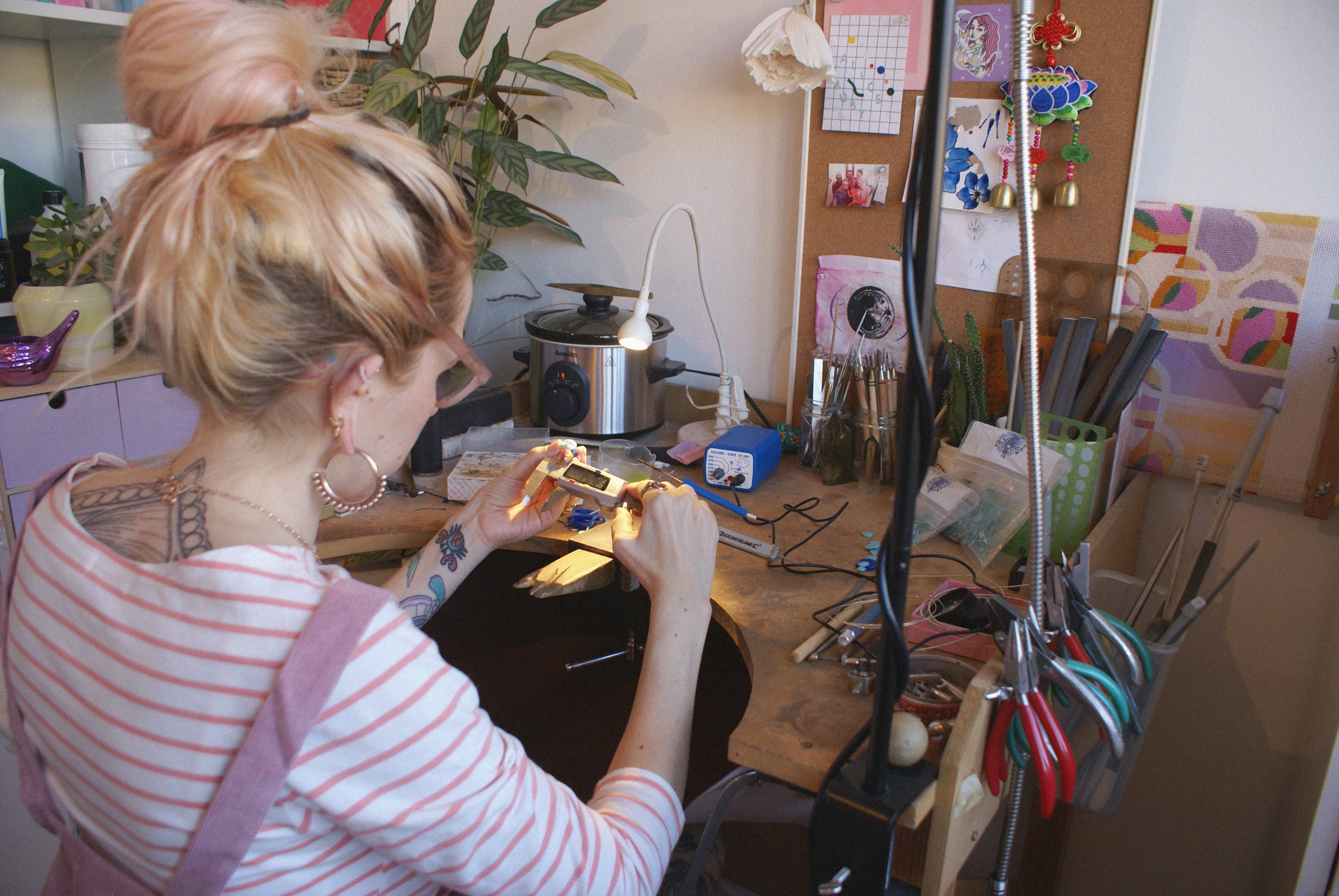
What advice would you give to other young women who want to start their own business or follow a creative pathway? I didn’t go to university and I think there are so many more options out there today. If there is something you are already interested in fashion, jewellery or drawing, just immerse yourself in it and do it every day. Don’t underestimate the power of the internet, get yourself out there on Instagram, show people the passion you have for what you do. Be prepared to work harder for yourself than you ever have in any other job. Nothing compares to being my own boss and making jewellery. I have absolute satisfaction from mastering a skill and constantly building on it all while supporting my family at the same time.
Visit aliceruby.com (warning: you will want everything.)
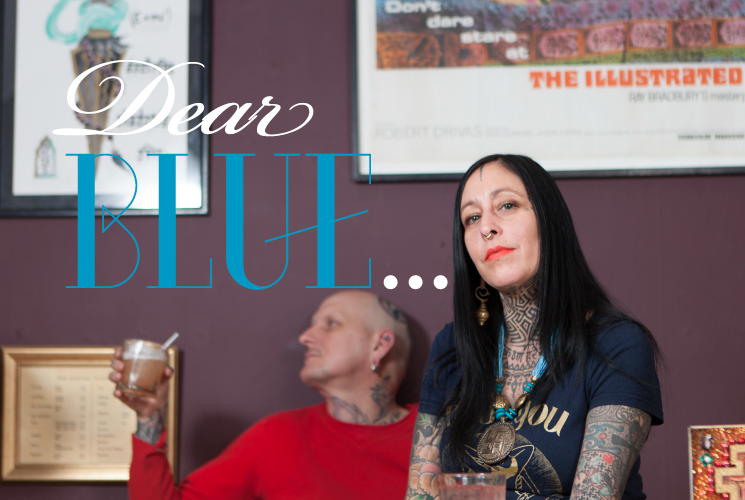
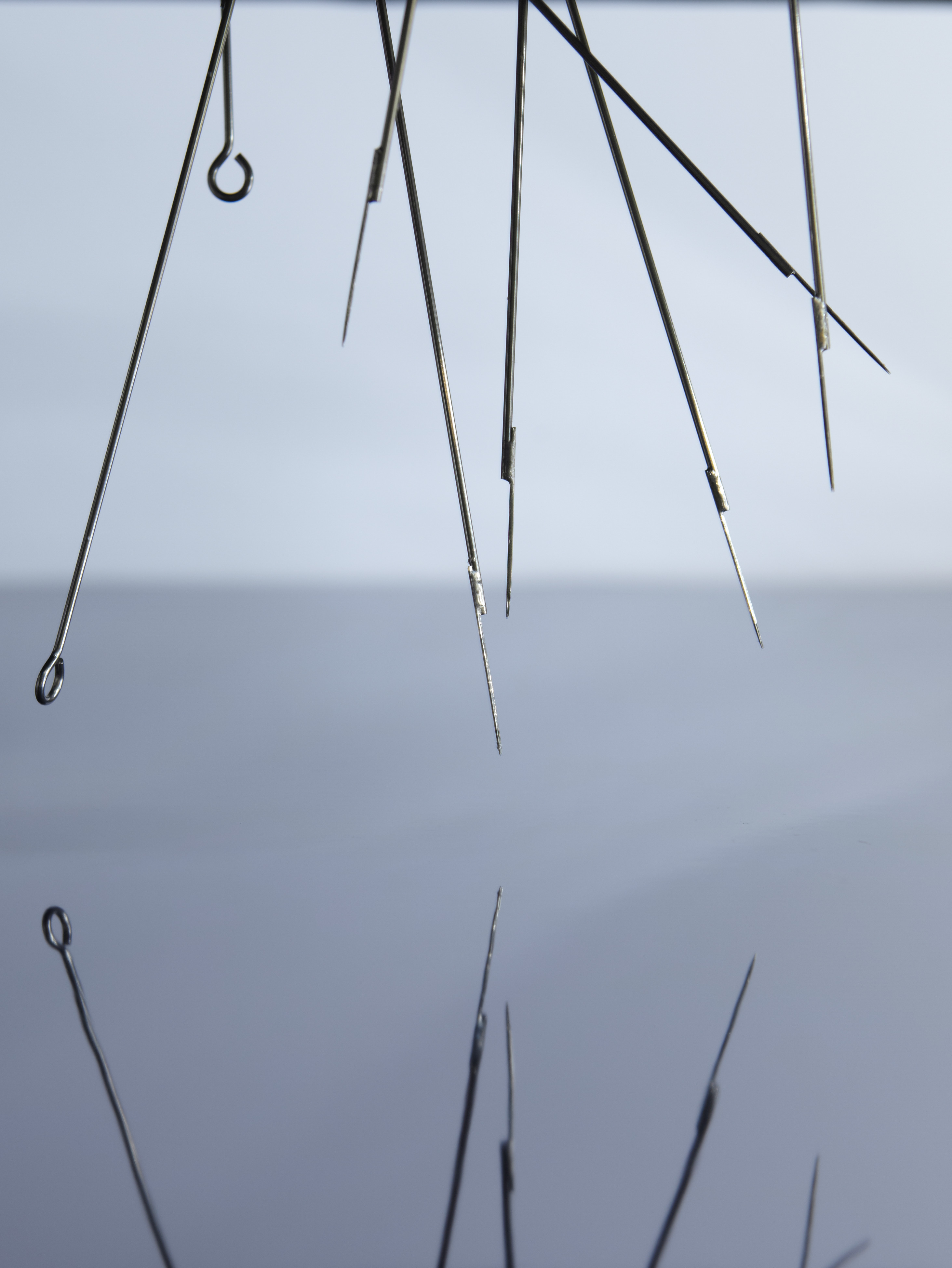
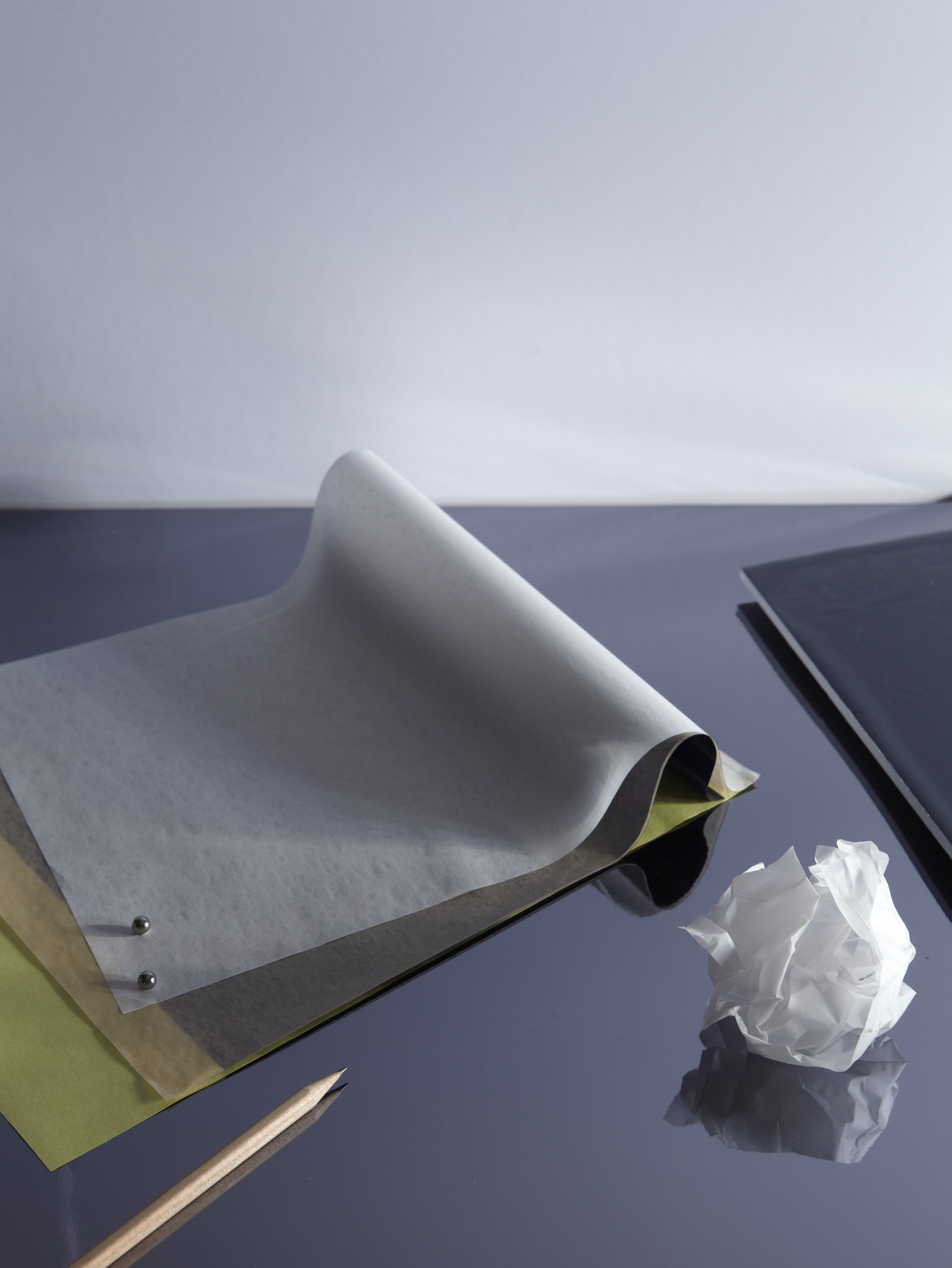
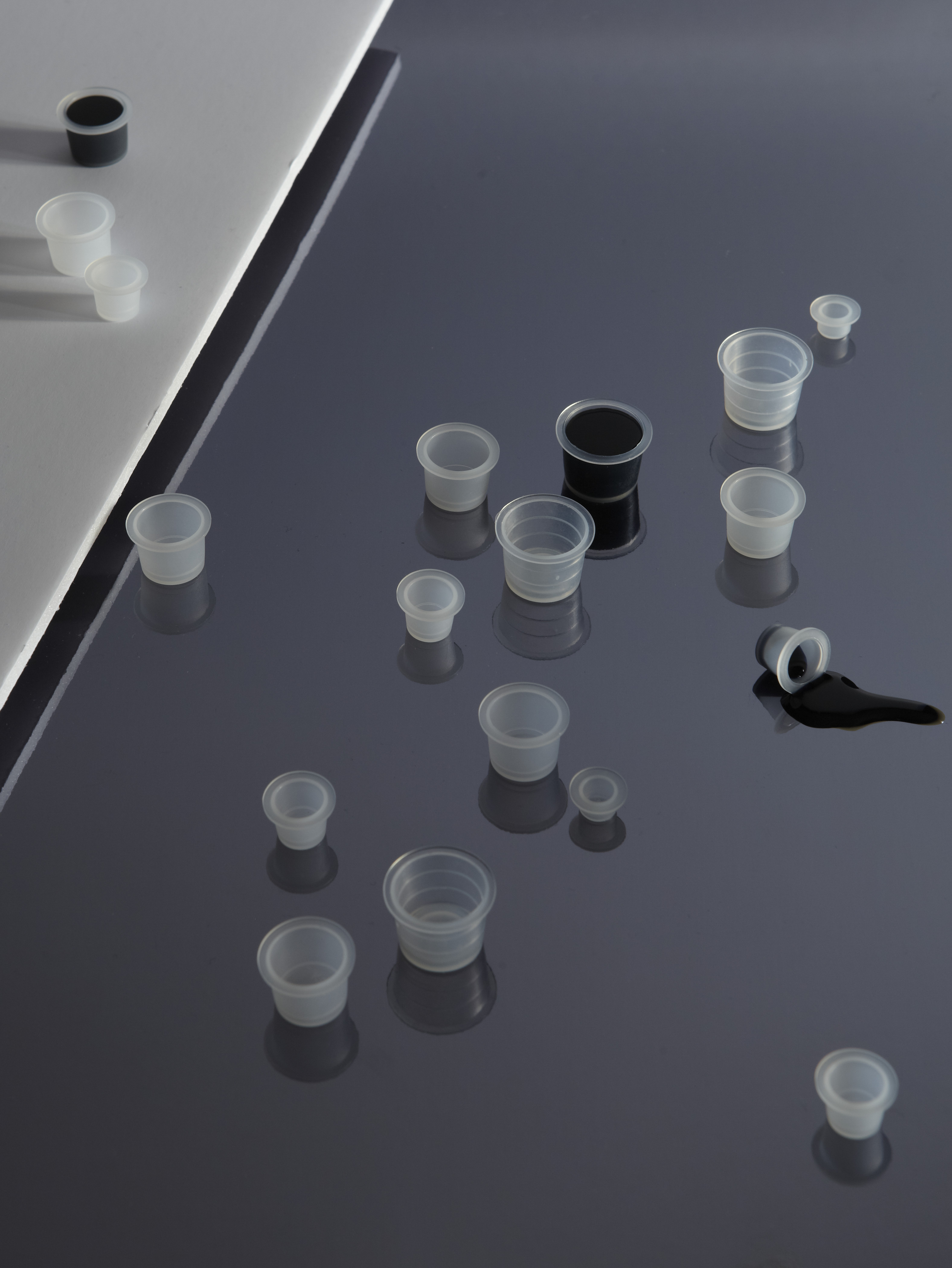
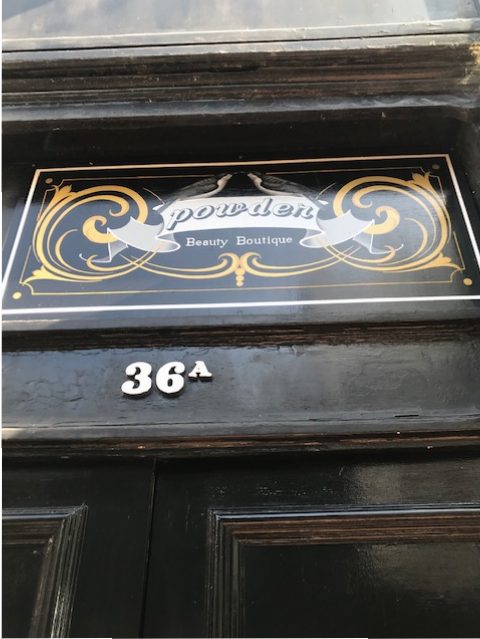
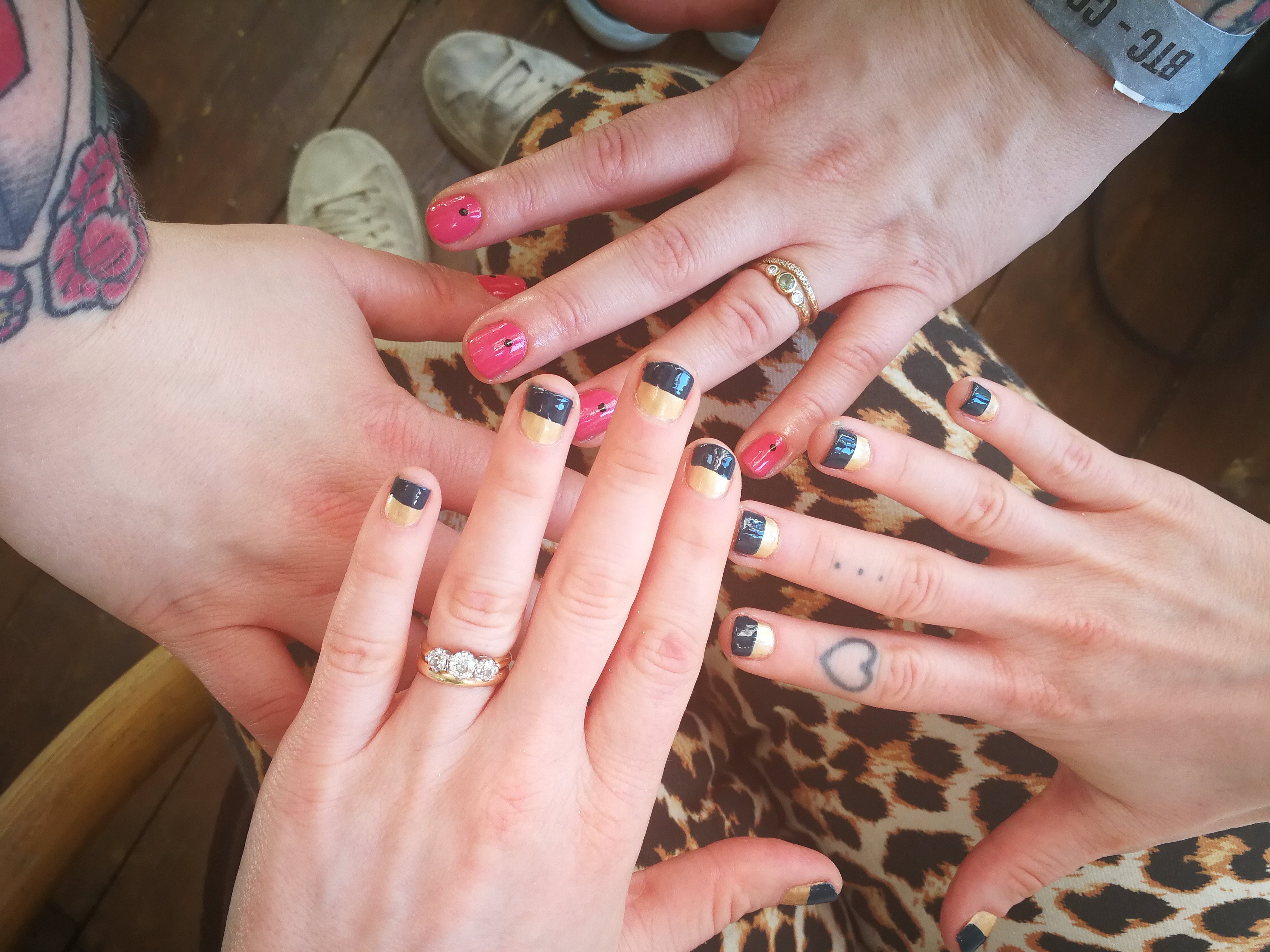
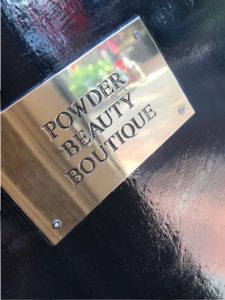 Behind a discreet door on Duke Street, you will climb some stairs and enter a little haven with warm and welcoming therapists who can do anything from nail art and bikini waxes to make-up and
Behind a discreet door on Duke Street, you will climb some stairs and enter a little haven with warm and welcoming therapists who can do anything from nail art and bikini waxes to make-up and 

